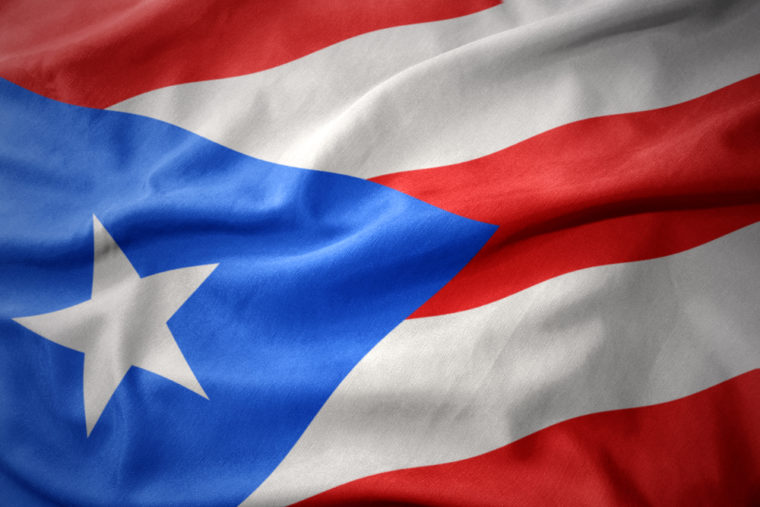With pension payouts skyrocketing, tax credits expiring and the inability to pay operating expenses, Puerto Rico filed for bankruptcy protection May 3. The U.S. territory owes an estimated $73 billion to assorted creditors, including Wall Street firms. This makes the bankruptcy the largest-ever American municipal debt restructuring in history.
A senior lecturer in finance at Washington University in St. Louis’s Olin Business School says the situation should serve as a dire wake-up call to the municipal bond market.

“Earlier this year, when the bankruptcy of the fictitious town of Sanidcott became the subject of the hit Showtime series ‘Billions’, I knew we had reached a new low point in the municipal bond market,” said Rich Ryffel, who advised governments, corporations and more about financings and capital structure in his 30-year career in investment banking and asset management. “So common had the once-unheard of notion of municipal bankruptcy become, that it would now be understandable to the television audience and fodder worthy of acting out on the small screen. Well, now the folks in Puerto Rico have given us an even better subject. Reminiscent of CSI Las Vegas, CSI Miami, CSI Whatever, we now have – Municipal Bankruptcy: Puerto Rico.
“Puerto Rico has become the U.S. municipal bond market’s own little Greece, seeking from the courts what it could not find the will nor the way to do on its own; change its profligate ways and pay its creditors. Its move to the courts lowers the recovery floor in its negotiations with creditors and gives it remedies heretofore unavailable… . Years of preferential tax and trade treatment failed to create an island economic paradise, so after seeking new assistance from Congress last year, Puerto Rico is now adding itself to the list of those expecting others to suffer the hangover after they they enjoy the bender; think Greece, Argentina, Wall Street. Where does this end?”
Ryffel says the long-held assumption that governments could repay their debt has eroded, and that’s changed the playing field for lenders.
“Not that long ago, the municipal bond market used two standards when considering whether to open the lending tap to borrowers — one’s ability to pay and one’s willingness to pay,” Ryffel said. “The first threshold was fairly easy to assess. The second was always more difficult to gauge — being more qualitative in nature — but it was assumed that governments would only borrow what was needed to provide essential public services and would take all necessary means to repay its obligations. Default, let alone bankruptcy, was a remote thought.
“Now, however, we see with growing and concerning frequency borrowers treating repayment as optional, as the redemption provision in their bonds themselves. The problem is that the markets depend on this second lending standard and as it erodes, the availability of municipal credit will both shrink and become more expensive for all market participants.”
The Puerto Rico bankruptcy dwarves that of Detroit, which was previously the U.S.’s largest municipal bankruptcy. The city filed for Chapter 9 protection in 2013, with $18 billion in debt. While studies are underway to assess the impact of Detroit’s financial woes, Ryffel says the Puerto Rico situation could send even more shockwaves, not just because of the amount owed, but also for the way it could change laws allowing massive debt forgiveness.
“Puerto Rico may have even larger impacts on the market because they have not only moved to the Doomsday scenario, they successfully had law changed to allow them to do so,” Ryffel said. “In essence, they not only started the markets down the slippery slope, they had a slippery slope built for them.
“To be fair, Puerto Rico is only doing what they need to do to protect their citizens, and they have used every tool available to them. One can’t blame their leadership for that. While there may not be enough money to go around, there is plenty of blame to go around. Healthy portions of it go to prior administrations which borrowed without a plan to repay and which borrowed to pay operating expenses rather than invest in the future. Still too, blame must also go to the municipal bond markets, which for years knew of Puerto Rico’s increasing lack of ability to pay, yet still lent it money.”



